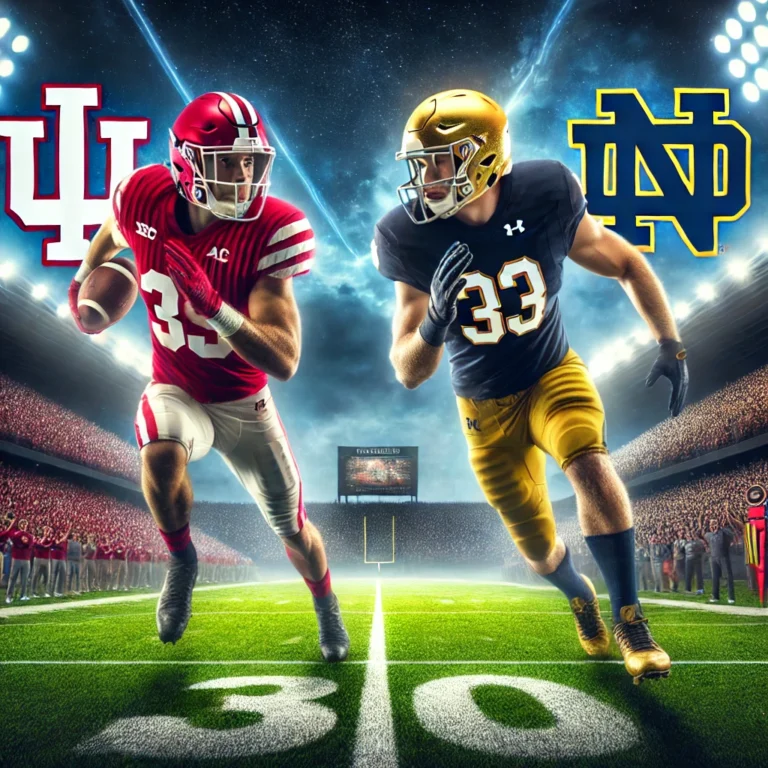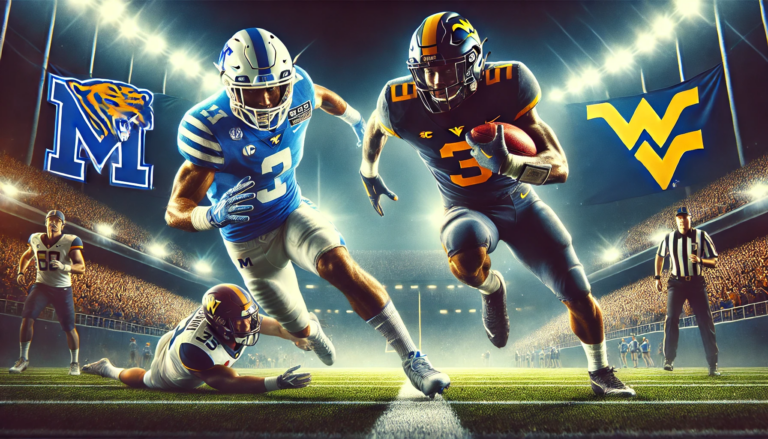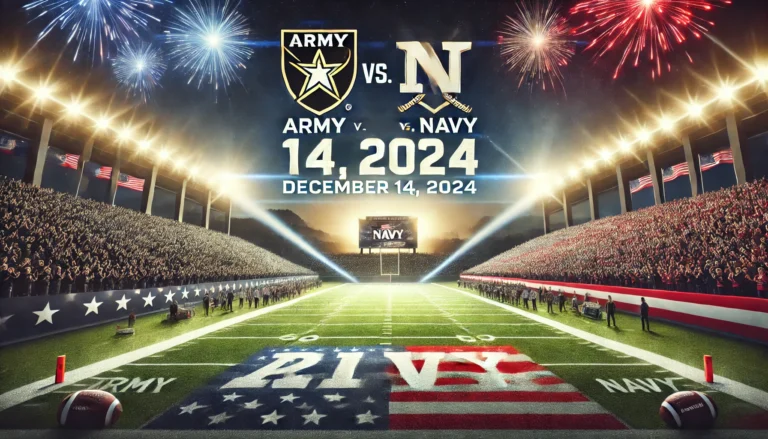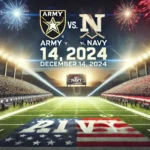Army vs. Navy: Who Has the Better Future in College Football?
The Army vs. Navy rivalry is one of the most celebrated traditions in sports, but as the landscape of college football evolves, so too must these storied programs. While Army and Navy remain deeply tied to their identities as service academies, the question arises: Which team has the brighter future in college football? Let’s break it down by examining their recent trajectories, recruiting efforts, coaching stability, and adaptability to modern football.
Recent Performance Trends
Army Black Knights
- Consistency and Resurgence: Army has enjoyed a resurgence in recent years, winning 4 of the last 7 Army-Navy games. Under head coach Jeff Monken, the Black Knights have established themselves as a disciplined, competitive program.
- Bowl Game Success: Army has been more consistent in securing bowl appearances, with notable victories such as their 2018 Armed Forces Bowl win against Houston (70-14).
- 2024 Season Outlook: Though currently 5-6, Army has shown flashes of brilliance this season, particularly with their dominant ground game.
Navy Midshipmen
- Struggles in Recent Years: After dominating the rivalry in the early 2000s, Navy has struggled to maintain consistency. They have a 4-7 record this season and haven’t made a significant bowl game appearance in recent years.
- Rebuilding Phase: Navy’s current struggles can be attributed to a rebuilding phase, with younger players and a revamped coaching approach.
- Defensive Identity: Navy’s defense remains their strong point, but offensive inefficiency has held them back.
Edge: Army. The Black Knights’ recent consistency and bowl success give them an advantage in short-term competitiveness.
Recruiting and Talent Development
Army
- Focused Recruiting: Army excels at recruiting players who fit their disciplined, physical style of play. Their focus is on high-character athletes who thrive in the triple-option system.
- Triple-Option Expertise: Army’s offense doesn’t require blue-chip recruits, making them less dependent on competing for top-tier talent.
- Facilities and Resources: Recent investments in facilities and support systems have improved the program’s ability to develop talent.
Navy
- Recruiting Challenges: Navy has faced more difficulty recruiting players for their system, as the program struggles to attract versatile athletes who can adapt to both offense and defense.
- Transitioning Systems: With a more balanced offensive approach being explored, Navy’s recruiting strategy may need time to adjust.
- Leadership Appeal: The naval academy’s reputation for developing leaders could remain a draw for high-character recruits.
Edge: Army. Their recruiting strategy aligns more seamlessly with their established system, giving them an edge in player development.
Coaching Stability and Systems
Army’s Jeff Monken
- Stability and Vision: Monken has been with Army since 2014 and is widely regarded as a transformative figure for the program. His dedication to the triple-option system has brought sustained success.
- Longevity: Monken’s commitment to Army suggests continued stability, which is crucial for long-term growth.
Navy’s Brian Newberry
- New Leadership: Promoted to head coach in 2023, Newberry brings fresh energy but lacks the proven track record of Monken.
- Defensive Strength: Newberry’s defensive expertise could reshape Navy’s identity, though it may take time to implement his vision fully.
Edge: Army. Monken’s experience and stability provide a clear advantage over Navy’s newer coaching regime.
Adaptability to Modern Football
Army
- Triple-Option Commitment: While highly effective in controlling games, Army’s reliance on the triple-option can limit adaptability against more dynamic opponents.
- Incremental Adjustments: Army has begun integrating occasional passing plays, showing a willingness to evolve without abandoning their identity.
Navy
- Experimentation with Balance: Navy has shown signs of moving away from a pure triple-option system, incorporating more passing and balanced schemes.
- Growing Pains: This transition has resulted in inconsistency, but it positions Navy to compete better in the future if executed well.
Edge: Navy. Their willingness to innovate could give them a long-term advantage if they can execute their transition successfully.
Overall Program Trajectory
| Category | Army | Navy |
|---|---|---|
| Recent Success | More bowl wins and rivalry victories | Struggling in rebuilding phase |
| Recruiting Strategy | Aligned with system | Adapting to new schemes |
| Coaching Stability | Jeff Monken’s leadership | New leadership under Newberry |
| Future Potential | Sustained competitiveness | Higher long-term upside with innovation |
Final Verdict
Short-Term Winner: Army
- With a more stable program, proven coaching, and a clear identity, Army is better positioned to maintain its current level of success in the next 3-5 years.
Long-Term Winner: Navy
- Navy’s willingness to innovate and modernize its offensive approach could give them a competitive edge in the future, provided they navigate the transition effectively.








